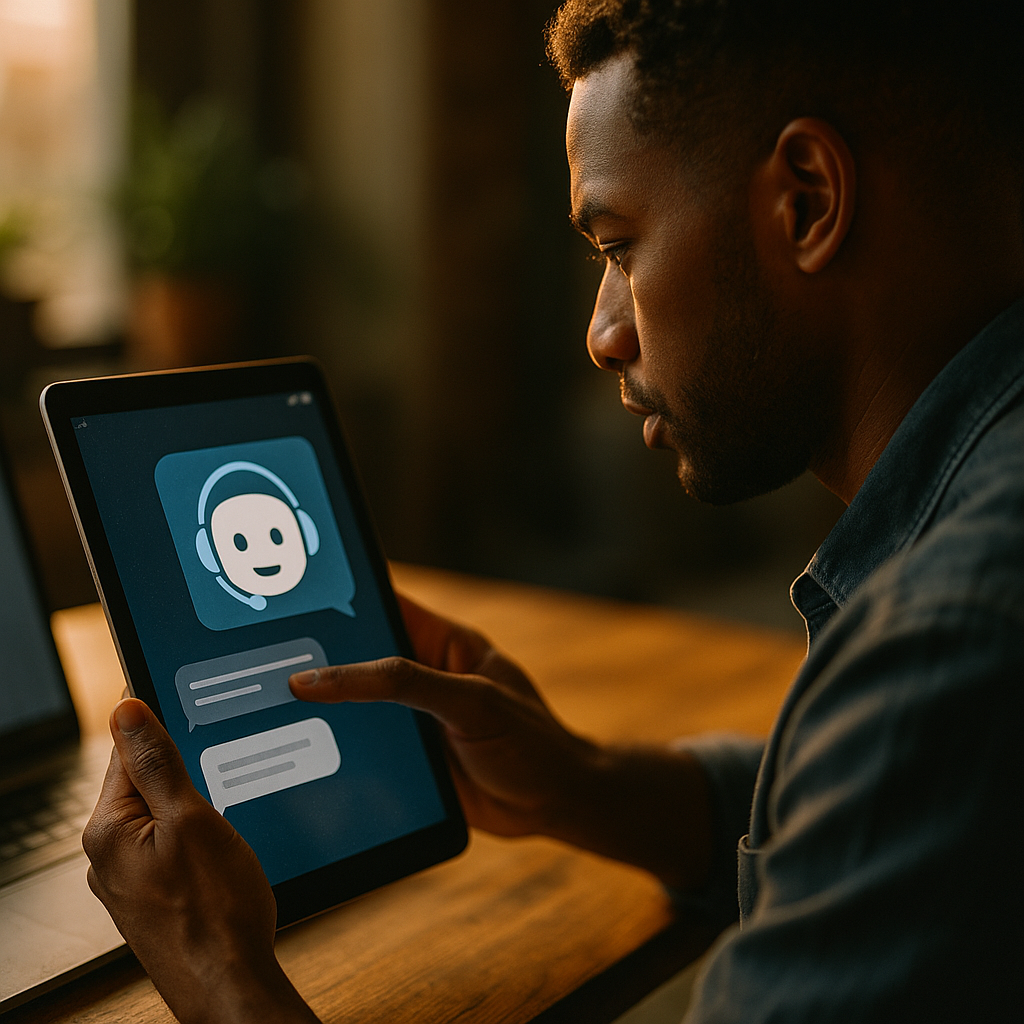Using AI to personalize your live chat and chatbot conversations can dramatically improve customer engagement, satisfaction, and conversions. As organizations strive to deliver digital experiences that feel human, AI-driven personalization transforms static conversations into dynamic, helpful interactions. Let’s explore how you can supercharge your live chat and chatbot performance with cutting-edge AI in 2025.
Leveraging Conversational AI for Customer Engagement
Conversational AI enhances customer engagement by making interactions feel relevant and individual. Traditional chatbots often deliver generic responses, but AI-powered systems can analyze language, sentiment, and context in real time. According to Gartner’s 2025 report, 75% of customers expect brands to anticipate their needs. Modern AI-driven live chat tools use natural language processing (NLP) to interpret intent, while machine learning algorithms assess past conversation history and purchasing behavior.
This allows your chatbot or live chat agent to call customers by name, suggest relevant products, and adapt responses based on the user’s mood or urgency. Engaged customers are more likely to convert, leave positive reviews, and return for future business.
Enhancing User Experience with AI Personalization in Chatbots
Personalized experiences make customers feel valued and understood. AI personalization in chatbots goes beyond simply using a customer’s name. Advanced systems harness customer profiles, transaction history, and even behavioral analytics to offer tailored responses and recommendations.
For example, if a returning customer inquires about an order, an AI-enabled chatbot can immediately retrieve their previous orders and provide updates without requiring extra input. When suggesting products, the AI factors in preferences, browsing patterns, and purchase history. This reduces friction, saves time for both users and agents, and demonstrates deep understanding — fostering trust and loyalty.
Integrating Data Sources for Deeper Chat Personalization
Effective chat personalization through AI relies on integrating diverse data streams. Leading organizations in 2025 connect their CRM systems, website analytics, marketing platforms, and ecommerce data with their AI-powered chat solutions. This integration gives chatbots a full view of the customer, supporting contextual responses and proactive assistance.
- CRM Data: Enables recognition of VIP customers and personalized greetings.
- Website Behavior: Allows the AI to tailor recommendations based on recently viewed items or abandoned carts.
- Support Tickets: Helps the chatbot acknowledge ongoing issues or follow up on unresolved cases.
Synchronizing these data sources gives live chat agents and chatbots the tools they need to offer timely, tailored interactions at scale.
Balancing Automation and Human Touch in Live Chat
One of the biggest challenges with AI-powered live chat is finding the right balance between automation and the human touch. While AI can handle repetitive queries instantly and with personalization, complex or sensitive issues still require human empathy and judgment.
Forward-thinking companies use AI as the first line of support, resolving common issues or answering frequently asked questions. When a conversation becomes nuanced or emotionally charged, the AI smoothly transitions the customer to a human agent, complete with context and conversation history.
Customers benefit from quick, personalized answers while also knowing a real person is available if needed. A hybrid approach, optimized via AI, ensures both efficiency and genuine care.
Improving Conversion Rates through Predictive Personalization
Predictive personalization—the ability to anticipate customer needs before they articulate them—is a game changer in 2025. AI now leverages browsing history, past purchases, and seasonal trends to search for buying signals and potential pain points.
For instance, if a chatbot recognizes that a user has visited an FAQ page three times in one week, it might proactively offer a discount or connect them with a specialist, reducing friction and increasing the chance of conversion. According to Forrester, companies utilizing predictive AI personalization in chat see an average conversion rate increase of 21%.
AI also monitors real-time signals, such as hesitancy or urgency in messages, to adapt offers and responses. This not only drives sales but builds long-term loyalty through tailored support.
Prioritizing Data Privacy and Transparency in AI-Driven Chat
With new regulations in 2025 emphasizing user privacy, brands must ensure their AI-powered chat systems are transparent and compliant. Customers are more likely to trust and engage with businesses that are clear about how they use data for personalization.
- Always inform users when AI is being used in conversations.
- Offer opt-in and opt-out choices for data-driven personalization features.
- Ensure data is stored securely and processed in compliance with global standards, like GDPR and CCPA.
Providing clear privacy policies and allowing customers to control their data reassures users and helps maintain a positive brand reputation.
Conclusion: Maximize Chat Efficiency and Satisfaction with AI Personalization
In 2025, using AI to personalize your live chat and chatbot conversations is essential for delivering exceptional digital experiences. By leveraging AI for tailored, predictive, and empathetic support, businesses boost customer satisfaction and conversions—while building trust through responsible data practices.
FAQs: AI-Driven Personalization in Live Chat and Chatbots
-
How does AI personalize live chat and chatbot conversations?
AI analyzes customer data and real-time behavior to tailor responses, recommendations, and conversation flows, ensuring that every interaction feels relevant and unique. -
What types of data do AI chatbots use for personalization?
AI chatbots can use customer profiles, browsing and purchase history, CRM data, support tickets, and behavioral analytics to deliver personalized experiences. -
Is live chat with AI suitable for all businesses?
Most businesses can benefit, especially those with significant digital traffic. The level of AI integration and personalization can be adjusted to fit each organization’s unique needs and privacy standards. -
How do I ensure that AI-powered chat remains compliant with privacy laws?
Use transparent privacy policies, only gather data with customer consent, regularly audit data practices, and stay current with regulations such as GDPR and CCPA. -
Can AI identify when to hand over conversations to human agents?
Yes, advanced AI detects complicated, emotional, or unresolved customer issues and smoothly transfers the conversation, along with context, to a human agent for further support.
